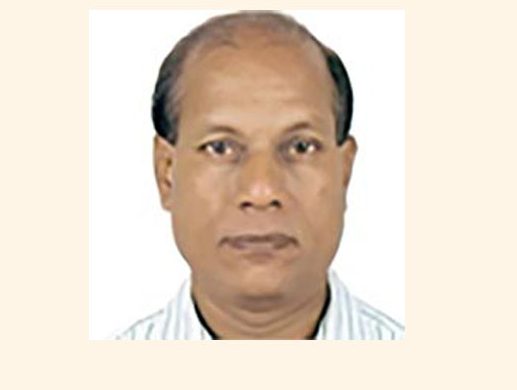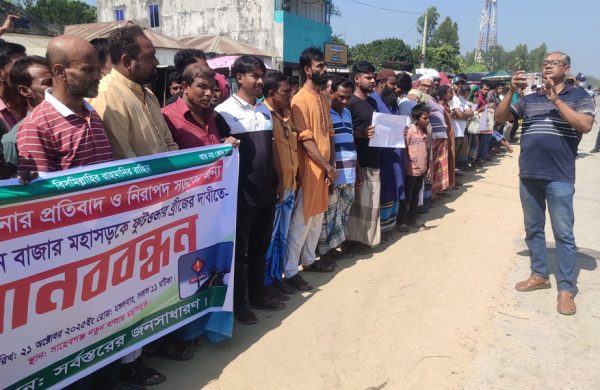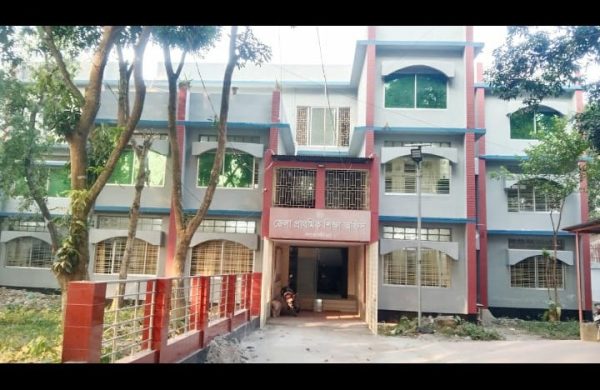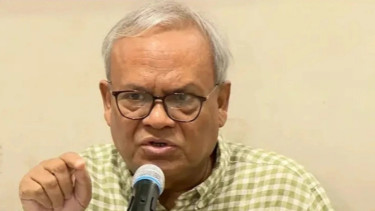Bangladesh Gets a Political Reset, but Big Economic Challenges Remain
- Update Time : Tuesday, August 27, 2024

–EAF editors–
The past few years have been a season of misery for several South Asian economies. Sri Lanka defaulted on its debts in 2022, sparking an economic crisis that resulted in a catastrophic 7.3 per cent decline in GDP and a further 2.3 per cent decline in 2023. Pakistan managed to avoid a crisis on that scale but is nonetheless in poor economic shape: growth is anaemic, inflation remains high, and its foreign debt, though not as burdensome as Sri Lanka’s, remains a major threat to macroeconomic stability.
In both countries, economic turbulence was intertwined with political upheaval.
Now it’s Bangladesh’s turn, where the government of Sheikh Hasina and her Awami League, which seemed unbudgeable, was toppled by student protests. Long a poster child for economic development in the region, Bangladesh has been struggling recently. As in Sri Lanka and Pakistan, the twin shocks of the COVID-19 pandemic and the war in Ukraine hit Bangladesh hard.
Bangladesh’s GDP growth, which had been running persistently between 6 per cent and 8 per cent between the end of the global financial crisis and the start of the pandemic, is now forecast to drop below 6 per cent both this year and next. The national currency, the taka, has dropped sharply against the dollar, loans are falling due to Bangladesh’s many emblematic megaprojects, and parts of the banking sector look shaky.
Bangladesh is in some respects a test case for the proposition that the model of economic growth that brought prosperity to East Asia can work in South Asia too. Unlike its neighbour, India, which seems to be betting the farm on the fact that it can pioneer a services-led growth model, Bangladesh has taken a more traditional road to middle-income status by focusing heavily on garment manufacturing and exploiting abundant labour and low wages.
This strategy bore fruit even as the country struggled with a polarised and only intermittently functional democracy after the end of the military’s domination of politics in the 1990s, with both the Bangladesh National Party (BNP) and the Awami League abusing democratic norms. In the years since Sheikh Hasina carried the Awami League to victory in the 2008 elections, she browbeat the BNP and other opposition forces to the point that Bangladesh had effectively become an electoral authoritarian regime.
Bangladesh’s path to better politics after the fall of Sheikh Hasina’s regime will be an uncertain and difficult one. The interim government in Dhaka has work to do to reassure investors and creditors that it can guarantee the political stability conducive to economic repair work. A top priority is elections, whose credibility drastically declined under the previous government, as Shafi Md Mostafa has written. ‘Ensuring that the electoral process is transparent and impartial’, he says, ‘is vital for rebuilding trust in the democratic system’ — as well as for delivering a government that has a popular mandate to enact the reforms needed to rehabilitate the economy beyond the short term.
In India, paranoiac speculation about a hidden US hand in Hasina’s downfall sits incoherently alongside worries that Dhaka’s acute need for finance and post-crisis development opportunities will lead it to lean towards China.
In political terms, writes Ivan Lidarev in this week’s lead article, Hasina’s ouster ‘is a major blow to New Delhi. Not only had India effectively staked its relationship with Dhaka on Hasina’s regime, but the protest movement, which includes students, supporters of the opposition Bangladesh National Party and Islamists, has an anti-Indian bent’.
New Delhi’s over-investment in Hasina speaks to the sometimes guileless Indian approach to its neighbours that Amit Ranjan has critiqued. India’s preoccupation with crowding out Chinese influence in South Asia has led to over-investment that combines with ‘[h]yper nationalistic and xenophobic views expressed by many Indian social media users’ to ‘imperil India’s ties with its neighbours’.
This is despite, Lidarev says, China facing neither a clear path to, nor overwhelming incentive for, using the post-Hasina uncertainty to seize new influence in Dhaka. It is wary of further entanglements with crisis-struck overseas debtors, and will face plenty of competition for goodwill — not only from India, but also from the United States. The political reset in Dhaka, and the potential transition to a more democratic political regime, will make it easier for Washington to re-engage after having shunned Hasina as her repression of political opponents grew more severe.
Beyond short-term economic recuperation, challenges loom for Bangladesh. Though the textile sector has undeniably made the country’s fortune for the past few decades, policy stasis has meant that it has struggled to diversify beyond it.
The present macroeconomic crisis will be painful to resolve, but the question of how Bangladesh finds ways of returning to the high and sustained growth of the pre-COVID era remains no less pressing, no matter what shape post-Hasina politics might take.
____________________________________
Courtesy: East Asia Forum



















